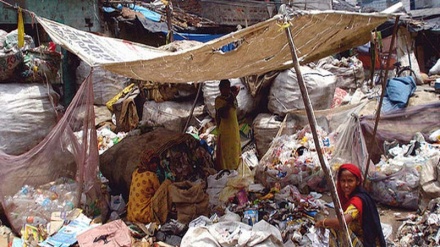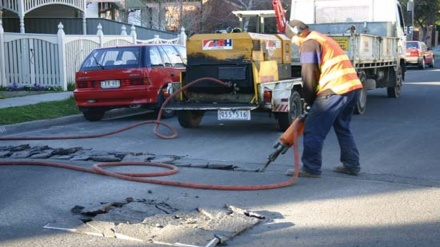We only have one planet to live on (26)
Welcome to the 26th weekly episode of the series We Only Have One Planet to Live On. Today, we study the depletion of ozone layer, as a consequence of air pollution.
Ozone layer is a protective layer made of O3 gas which exists at a 25-40 kilometer distance from the ground. This gas protects the planet from the destructive impacts of harmful waves, by absorption, and mitigation of the negative impacts of Sun’s ultraviolet rays. Ozone is made of molecules which consist of three bonded oxygen atoms. Ozone layer has almost always surrounded Earth. When the first creatures which produce oxygen emerged; the oxygen, which was in abundance in the atmosphere, changed into 03 molecules under the impact of sun’s ultraviolet rays, and thereby a lesser amount of UV rays reached the planet; reinforcing life on land.
Meanwhile, in the locations in which the density of ozone layer declines and UV rays easily pass through, it is said that the ozone layer has been pierced. If ozone layer vanishes, life on Earth would cease to exist, and mankind, plants, and animals would be wiped out in a short interval. This is because UV rays are extremely harmful for man. These rays are capable of deep infiltration and some of them can even pass through the outer layers of skin; reach inner tissues; and harm them. UV rays easily damage the skin and are one of the root causes of skin cancer. Exposure to UV rays undermines the human defense system and immunity. UV rays also kill microorganisms.
Depletion of the ozone layer and the uncontrollable passage of UV rays also leads to global warming, meltdown of polar glaciers, and a rise in the volume of water in seas; ultimately inducing the inundation of lands. Moreover, depletion of ozone layer slows down the growth of plants and harms the genetic structure of living creatures. Meanwhile, based on a body of research, a 25% depletion of ozone layer wipes out 10% of aquatics in the upper layer of seas.
The depletion of the ozone layer was first detected by a group of researchers, over Antarctica in the 1970s. In the year 1985, the depletion ozone layer generated such concerns among scientists that they imagined their measurement apparatus had gone out of order. They replaced these measurement apparatus, but found the same results; much to their chagrin. A few months later, the depletion of ozone layer was evident and obvious. In the year 1980, the ozone layer over the Northern Hemisphere depleted by 15-20%. Thereafter, the highest depletion of ozone layer occurred in the year 2006. Meanwhile, scientists have misgivings over the surging depletion of ozone layer, which would endanger living creatures on the planet. In the meantime, it is crucial to find out factors behind depletion of the ozone layer.
In the view of scientists, the most important contributors to depletion of ozone layer are namely continuous consumption of chlorofluorocarbons (CFCs), volcanic eruptions, and experiment of atomic bombs in the atmosphere. Meanwhile, the stability of CFC gases makes it possible for them to remain in the atmosphere and to destroy the ozone layer for a long period of time after their emissions. These chemicals have been used in sprays. Hence, the usage of sprays has been forbidden or restricted in many parts of the world. The Swedes were the first ones who forbade the usage of sprays due to their harmful impacts on the ozone layer, in the year 1978.
In order to prevent the continuous depletion of the ozone layer, the experts of different countries hold several annual gatherings, presenting the outcomes of their studies in this domain. On this basis, in the year 1985, Vienna Convention was prepared by the UN, with the cooperation of world countries, for protection of the ozone layer. In the year 1987, Montreal Protocol was approved. In accordance to this protocol, the developed countries pledged to end the production and consumption of materials which harm the ozone layer, such as CFCs. The developed states also vowed to finance and support developing countries to this end. Moreover, the Montreal Protocol member states vowed to only produce ozone-friendly sprays. In the view of experts, if Vienna Convention and Montreal Protocol member states fulfill their commitments and end the usage of chemicals which are harmful to ozone layer, the cycle of formation of ozone would regain its natural state and the ozone layer would be repaired.
Meanwhile, the practical cooperation of countries is a must for protection of the global climate; and this development would only take place if the domineering states would consider the collective interests of the entire international community.
MR/SS


